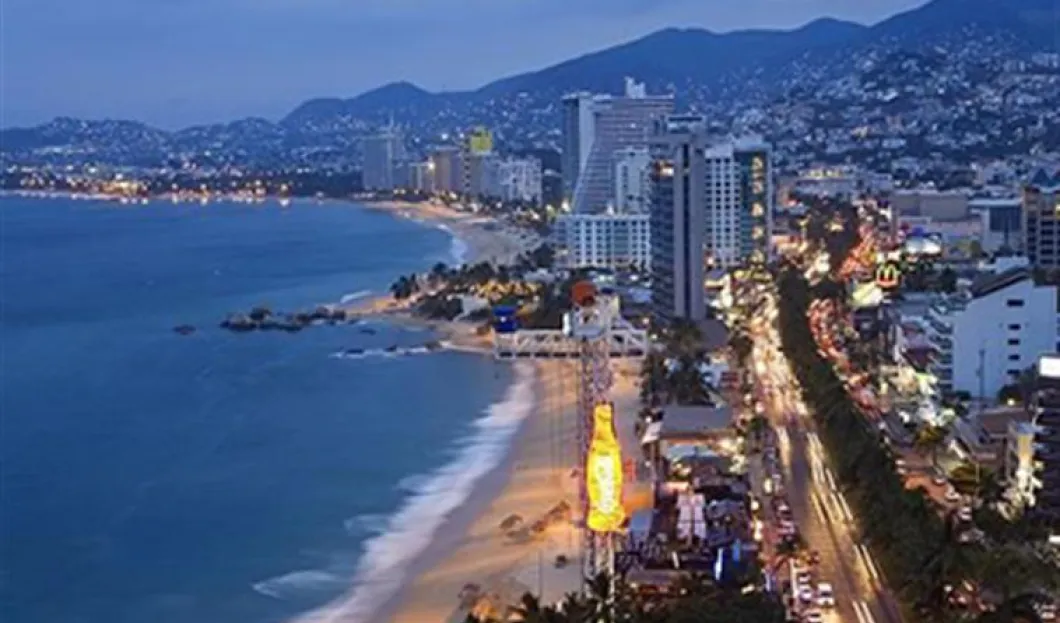
With the violence plaguing some tourist areas in Mexico, arrivals foreign tourists decreased in some cases by a little over 60% since 2012.
Acapulco was a highly popular destination for any fun loving group of tourists – up until 2011 when the busiest area in the southern state of Guerrero became the leader in violence, and drug trafficking.
According to the figures supplied by the Ministry of Tourism, the arrivals of foreign tourists to the beaches of Acapulco declined by a little over 60 percent since 2012. That year recorded an annual inflow of 16,362 visitors and in subsequent years the figure gradually declined until 2015, which saw only 6,500 international travelers. So far in 2016 only 4,713 people have traveled to the traditional port of Guerrero.
One of the main reasons for the decline are the high levels of violence that have forced governments of countries like the United States to issue travel warnings about the dangers of traveling to Mexico and especially to tourist locations such as Acapulco and the beaches of Sinaloa and Michoacán.
In the latest warning issued in April this year, the US government emphasized the ban for its citizens traveling to the state of Guerrero and makes reference to the fact that for the third consecutive year it is the most violent region registering an incidence of 57 killings per 100,000 inhabitants, according to the Executive Secretariat of National Public Security.
For security experts in Mexico, the fight between cartels contending for control of drug distribution in tourist ports and Mexican beaches, and the settling of scores between criminal groups are among the main reasons for the increasing violence.
However, Acapulco is not the only beach in Mexico that has seen a steady decline in the number of tourists. The figures show that last year Mazatlán had an inflow of 82,499 foreign tourists, 20 percent fewer than in 2012 when 102,665 people visited the city. That same year, according to data from Semáforo Delictivo [Crime Traffic Light], 95 homicides were recorded; however by July this year 97 had already been registered.
Javier Oliva, professor at the National Autonomous University of Mexico and an expert on national security issues, noted that it is impossible to find places that are free from the problems of organized crime.
"It is not only a matter of the production or trafficking of drugs, but also clearly of money laundering, extortion, kidnapping, protection money etc. There are states where violence is remarkably persistent such as Sinaloa, Michoacán, Oaxaca, Guerrero, Veracruz and Tamaulipas," he said.












